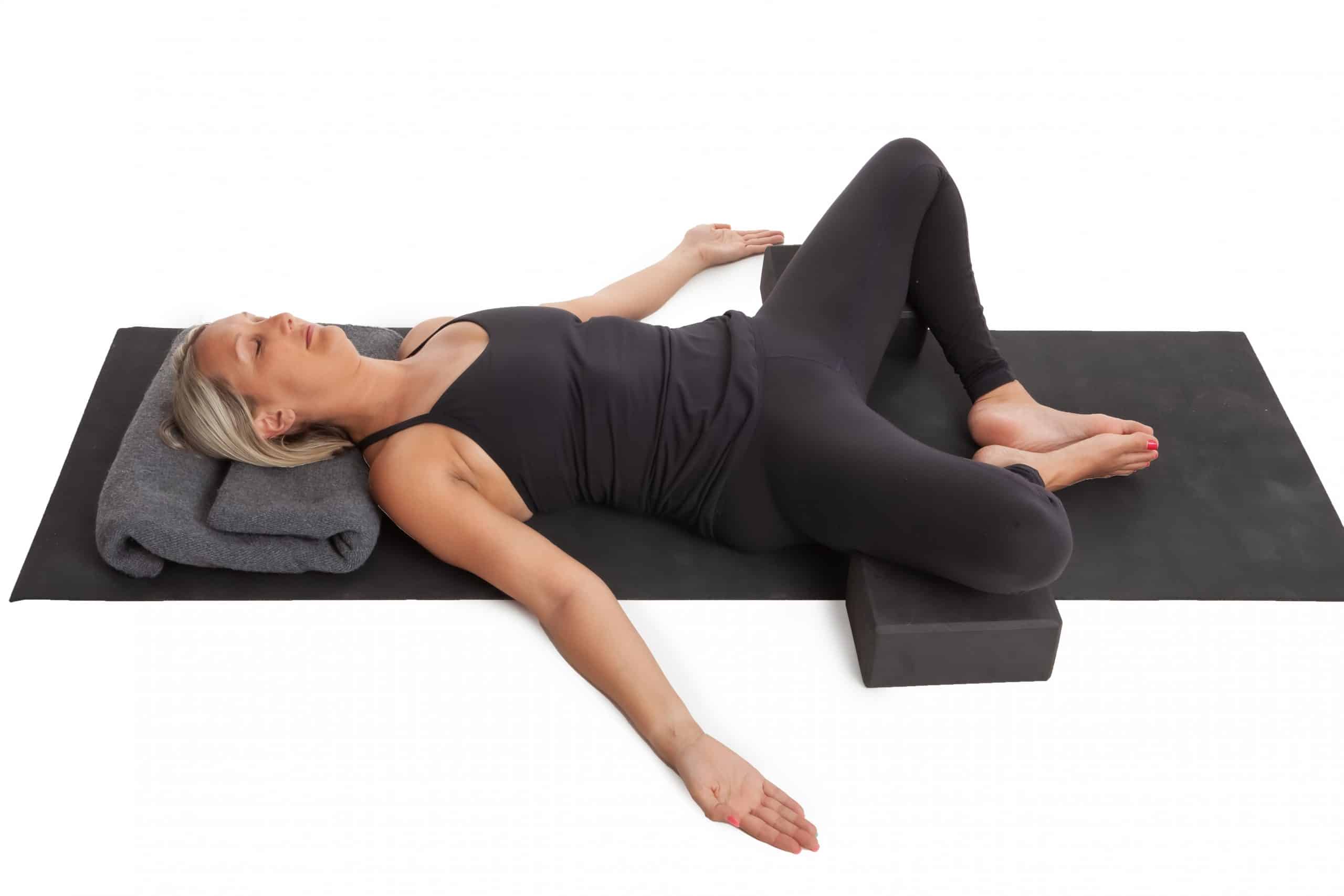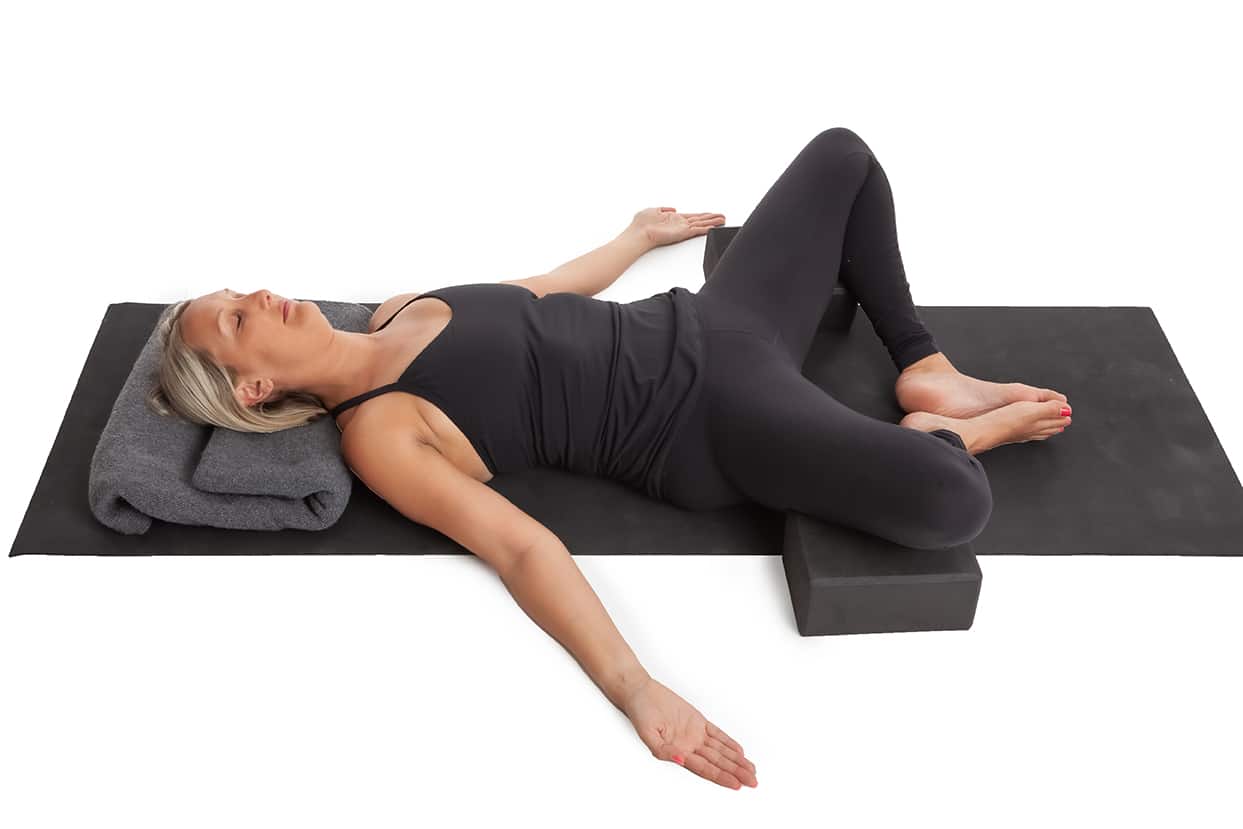Yoga Considerations for Working with Students/Clients in Cancer Treatment or Recovery
If you are a yoga instructor or yoga therapist, these are some yoga considerations for working with students/clients in cancer treatment or recovery:
- Remember to move limbs through pain- and strain-free range of motion (ROM) without compensation. Don’t focus on long strength-focused holds in limited ROM. Regaining ROM is important – slow, dynamic flowing flexibility takes priority over strength-focus when ROM is limited.
- It is important to focus on small, obtainable, and positive physical challenges and changes. “With a cancer diagnosis you will never be the same again, but that doesn’t mean you can’t be better.”
- If a student comes to you with bad news, how do you respond? “I am so sorry.” Take a moment to just BE with them. Then, you might say, “I am here for you.”
- Remember, when engaging in this sort of service/teaching, that for however long a patient/client lives or thrives, you have made a positive impact on their life.
- Make relationships with the medical community, including Oncology programs and departments, Physical Therapists, and more. Focus on community and service.
- 8-12 week sessions work better than “drop-in” type classes. From start to finish, create progressive and functional programming. Perform assessments at beginning/end, if possible.
- Health History Forms, Waivers and Medical Clearance Forms are highly recommended.
- Offer a couple poses that students can come into anytime they experience fatigue—teach them to every- one at the beginning of class (Childs/Balasana, Baddha Konasana/Butterfly, Baby Pose, and/or Savasana). Fatigue may last, or intermittently recur, for up to three years.
- Limit active poses/vinyasa flows to 20-30 minutes. Breathwork, meditation, restorative poses and/or relaxing stretches can accompany this 20-30 minutes of active practice.
- Those who have experienced chemotherapy, radiation, hormonal therapy, or bone cancers may be at high risk for Osteopenia/Osteoporosis. Make sure you have waivers and medical clearance for all students and also place them near a wall or sturdy chair.
- Peripheral neuropathy can be a common side effect of certain cancers and/or treatments. This can affect whether it will be comfortable to bear weight on the hands or feet and also can affect balance. Make sure you have waivers and medical clearance for all students and also place them near a wall or sturdy chair.
Learn more about becoming a Cancer Exercise Specialist through the Cancer Exercise Specialist Advanced Qualification training.


